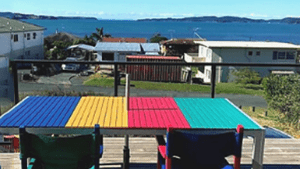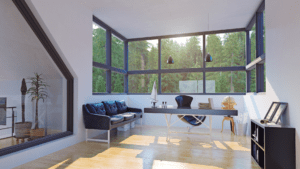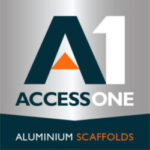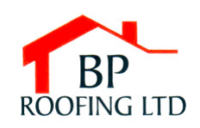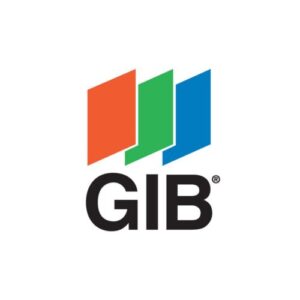Types of Window
Written by:
Date Published:
Date Published:
A decision that is key to the warmth, energy efficiency and light transmission of your home extension or custom new build is the type of joinery that you choose to install. The right choice will mean your home is continually bathed in sunlight, you may not have to consider a fire or a heat pump and your power bill will reduce. So what is the right choice for your project?
The following blog post illustrates the three most common types of joinery and the pros and cons of each;
The first type of joinery that is most common in New Zealand is aluminium, typically double glazed. It is possible for single glazed aluminium joinery to be installed in some parts of your home extension or custom new build but we do not recommend this due to the loss of heat and energy efficiency. Aluminium joinery is a popular choice for home extension or custom new build projects because it is light, durable and low on maintenance. It comes in a range of colours and will last with no upkeep for much longer than something like timber joinery, which requires regular sanding and painting to keep it looking nice. While aluminium joinery is cost effective, in contrast to timber or UPVC, it is also the poorest heat conductor of the three, meaning if your budget allows it might be worth considering upgrading to thermally broken or insulated windows which will result in a warmer home extension or custom new build.
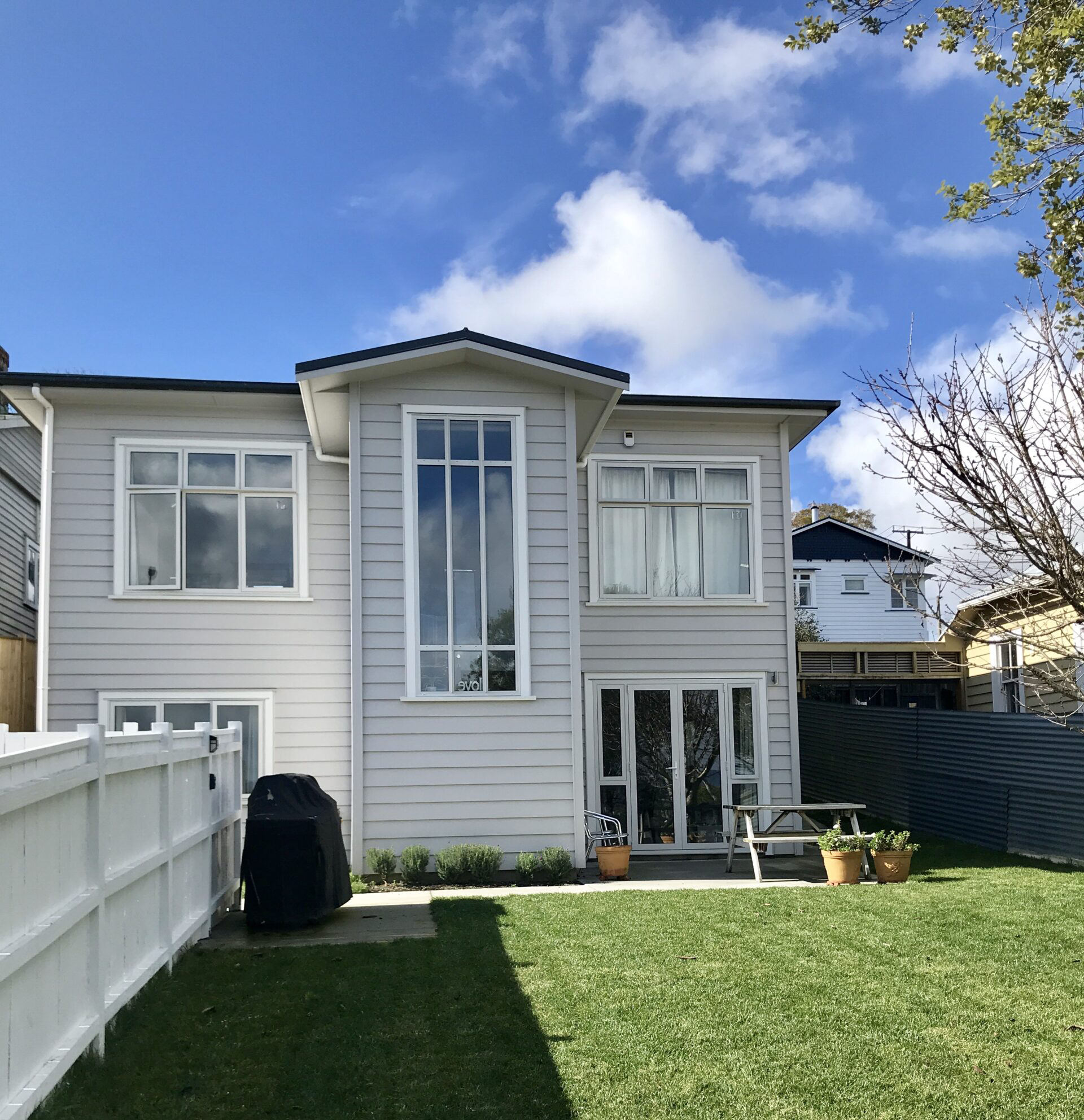

With this home extension in Avondale the owners were replacing timber joinery with double glazed aluminium, but were concerned about the loss of character. We used wide timber facings around the joinery to negate this, meaning they got most of the look of timber joinery without the cost – a win win!
Similar to aluminium, UPVC joinery also requires little to no maintenance beyond an annual spring clean to make sure that dirt and dust are kept at bay. UPVC differs to aluminium as this type of joinery features a type of rigid plastic that is reinforced with metal inserts that are lighter and more efficient. It also offers a higher level of insulation and quietness than aluminium, meaning your home is likely to be both warmer and quieter if you use this type of joinery for your house extension or custom new build. We have debated the merits of UPVC joinery in recent years, wondering if the frames are strong enough to stand up to New Zealand’s intense UV rays, but the advancement of technology in recent years has led to titanium dioxide being incorporated into the manufacturing process. Titanium dioxide has negated these concerns because it acts as a sunscreen for your windows and doors, meaning the likelihood of UV damage is minimised. UVPC joinery is still not a common choice in most New Zealand home extensions or custom new builds though. This makes it a more expensive choice than aluminium joinery, as UPVC costs more to manufacture as it is not as widely produced.
UPVC has a more chunky profile then aluminium, so can be a better aesthetic option for clients who are looking to change their single glazed timber joinery as part of their home extension and/or renovation
Finally, the last type of joinery that is commonly used in home extensions or custom new builds is timber. This is the option which is the most pleasing of the three when you consider aesthetics and energy efficiency, yet due to the intensive manufacturing process it is also the most expensive. Unlike UPVC or aluminium joinery which are not painted due to the materials involved, timber joinery is typically painted or stained. This means that it can be whatever colour you choose, but also that regular maintenance is required. Timber deteriorates much quicker than UPVC or aluminium, so isn’t as suitable in areas with high winds and sea spray for example. If you do decide on timber joinery for your custom new build or home extension and/or renovation, you need to keep an eye on your windows and doors, as if they are not properly maintained over time they will eventually rot.
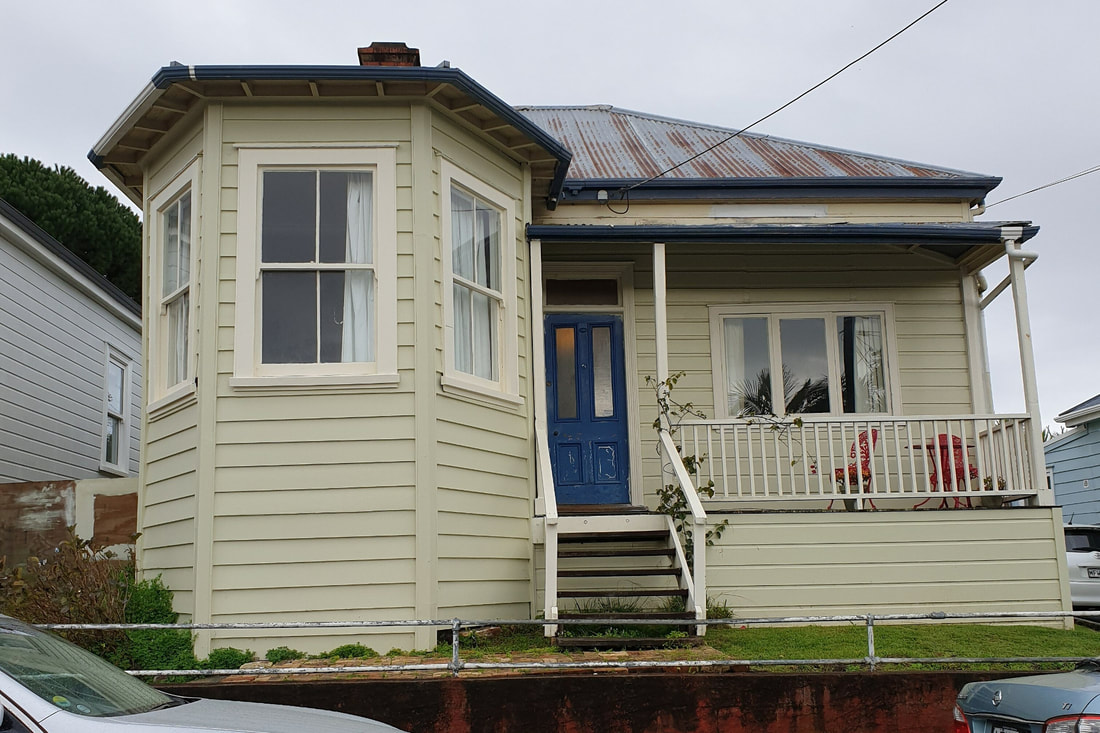
Timber joinery was the only option for this bungalow extension in Kingsland due to the property being located in a heritage zone. As it is a true character home it would have been a real shame to use anything else though!
So as you can see, each type of joinery has its advantages and disadvantages so what it really comes down to is how much you would like to spend and possibly what area of Auckland you are living in. For example, central Auckland areas i.e. Mt Albert, Remuera or Epsom might only use timber joinery because there is no risk of over capitalising and the general area features timber joinery, so aluminium or UPVC would be out of place.
If you are still wondering what the right option for your home extension or custom new build might be, then give our team a call or drop us an email so that we can offer you a recommendation based on 203 projects worth of expertise. We can also put you in touch with our trusted suppliers who can offer you some more detailed information, as well as some physical examples of their product.
Check more useful articles here
3 Reasons why utilising natural light in your home is
3 Reasons why utilising natural light in...
Read More
